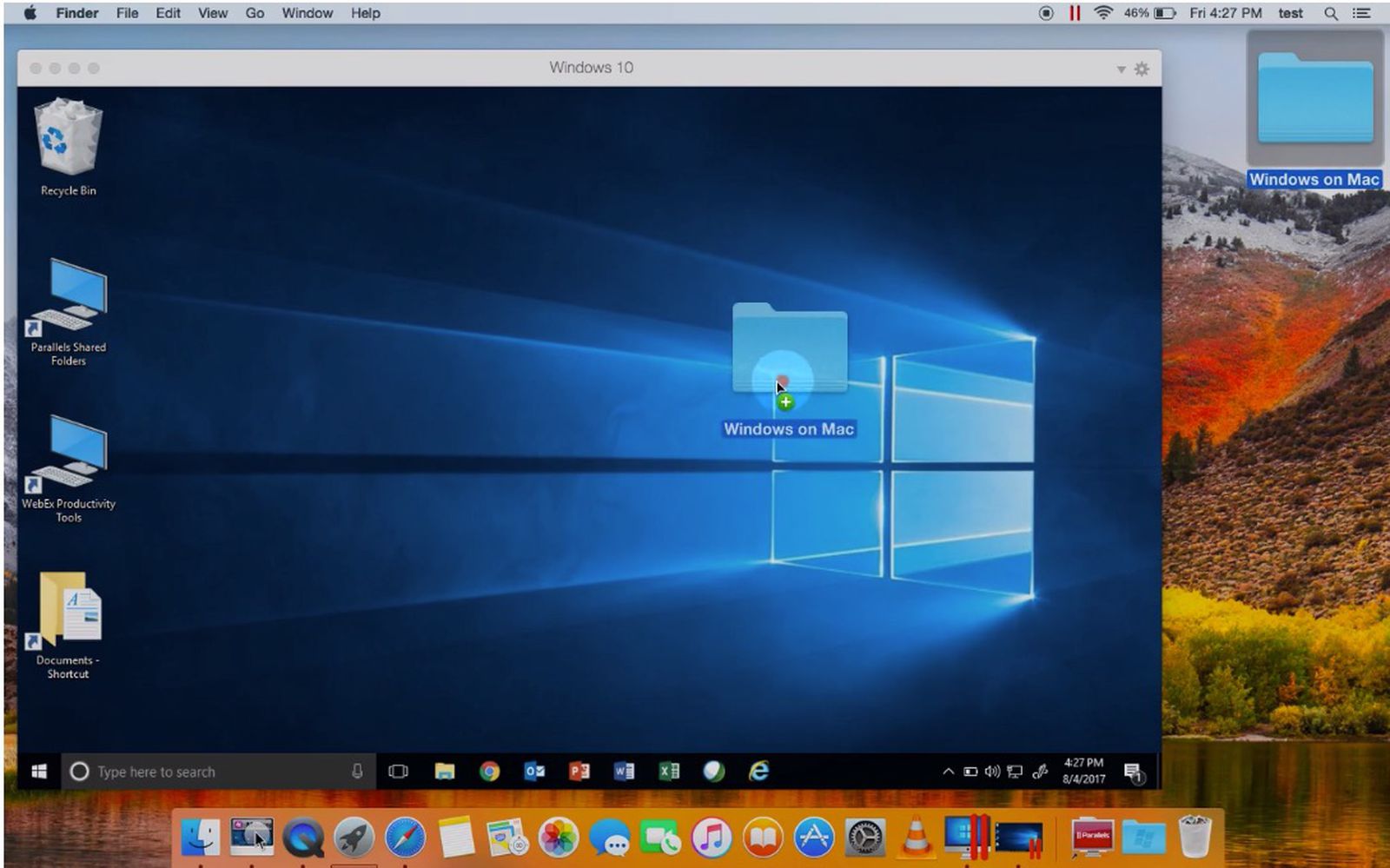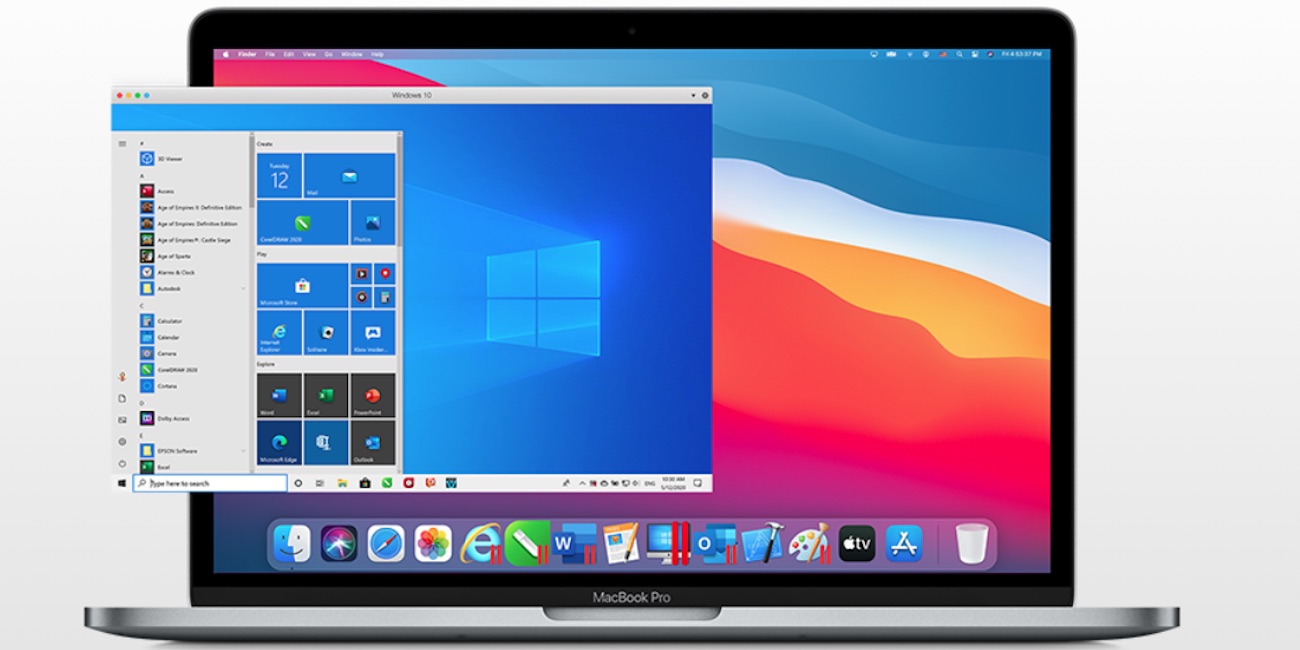
- #Parallels desktop for mac on multiple computes? install#
- #Parallels desktop for mac on multiple computes? software#
- #Parallels desktop for mac on multiple computes? Pc#
- #Parallels desktop for mac on multiple computes? license#
#Parallels desktop for mac on multiple computes? install#
If approved, install Boot Camp, then encrypt the Mac partition. NOT RECOMMENDED BUT ACCEPTABLE: If the Windows partition in question will never hold legally protected data, request a device encryption waiver. You’re welcome to use Parallels Desktop or VirtualBox, but UCSF does not provide support for those applications.
#Parallels desktop for mac on multiple computes? license#
Of these three choices – Fusion, Parallels Desktop, and VirtualBox – we recommend Fusion, because (1) UCSF students, faculty and staff are eligible to receive a free license to VMware Fusion through our VMware Academic Program Subscription and (2) UCSF IT supports it. With this solution, you may use either the Mac or Windows for UCSF business, research or studies.
#Parallels desktop for mac on multiple computes? software#
RECOMMENDED: Remove Boot Camp, encrypt the Mac partition and install Windows using virtualization software such as VMware Fusion, Parallels Desktop for Mac or Oracle VM VirtualBox. Consequently, Boot Camp may be used at UCSF in only two scenarios. (Details: Device Encryption.) A UCSF Information Technology team spent many months with feedback from parties across the entire University when selecting an enterprise-wide solution to protect UCSF computers with encryption.Īlthough this solution fits UCSF’s needs very well in nearly all cases, it does not protect the Boot Camp Windows partition in a manner consistent with University policy. To add a password, click Sign-in options.UCSF policy requires almost all computers to be encrypted. You may change the current account or add other accounts.
#Parallels desktop for mac on multiple computes? Pc#
To change the computer name or product key, click Change PC settings. Click PC and devices, then click PC info.

Move the pointer to the upper-right corner or click the arrow.Start the vitual machine and log into an admin account.The MAC address changes.Ĭhanging the computer, product key or accountĮach user may prefer to have their own custom settings for Windows. Choose Network 1 (or another interface).Click the Virtual Machine menu and Configure.If a virtual machine opens automatically, click the Virtual Machine menu and Shut Down. You may need to change the network MAC address so it doesn’t conflict with other users on your network. Now you can configure Windows and install apps as usual.This avoids Windows activation issues and you won’t need the Windows product key. When Parallels asks if you’ve copied or moved the virtual machine, choose Moved.Navigate to your Parallels folder and open the virtual machine. Open the Parallels Desktop app and choose File-Open.Connect to the shared or external drive with the virtual machine you need.




 0 kommentar(er)
0 kommentar(er)
